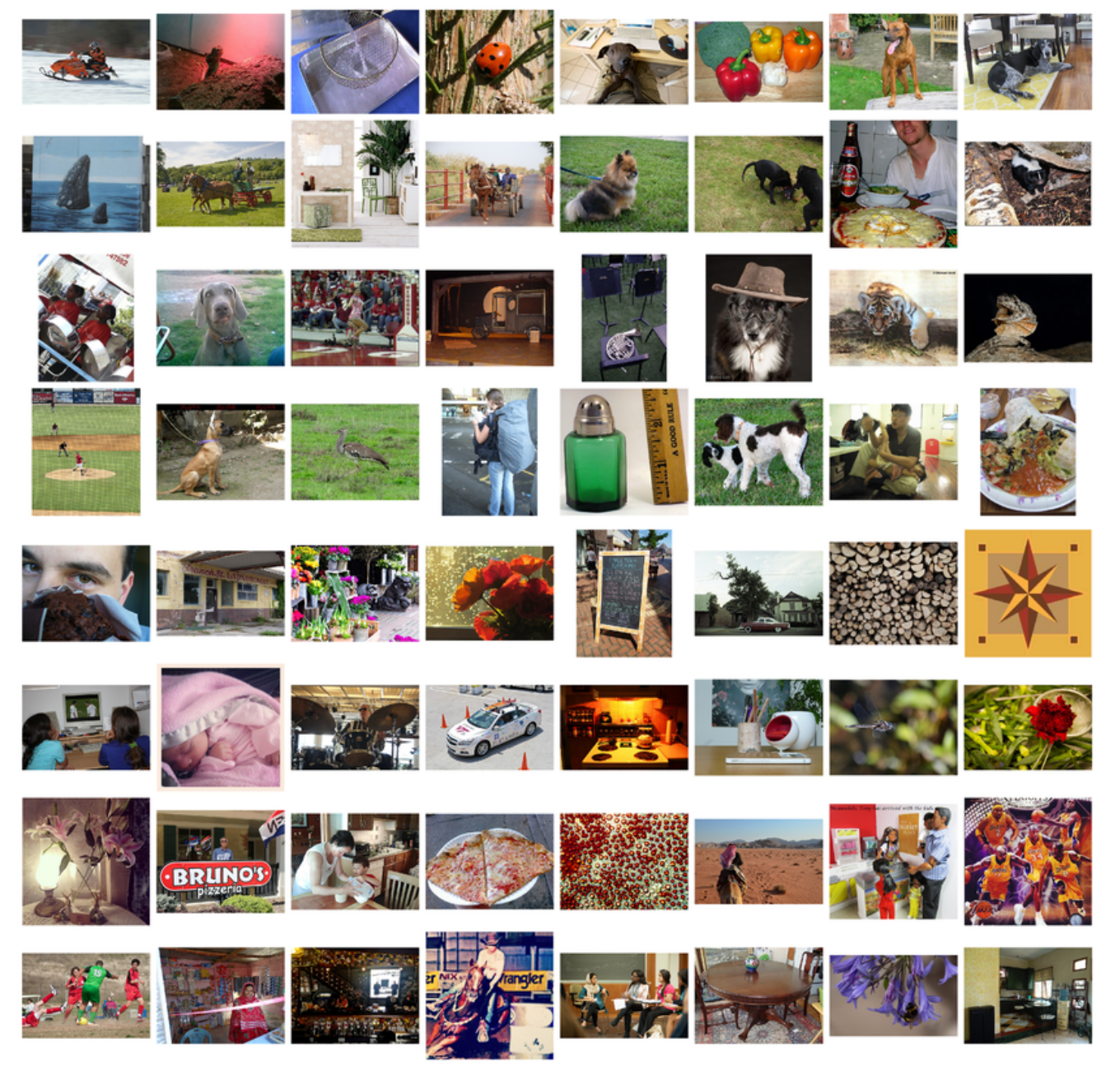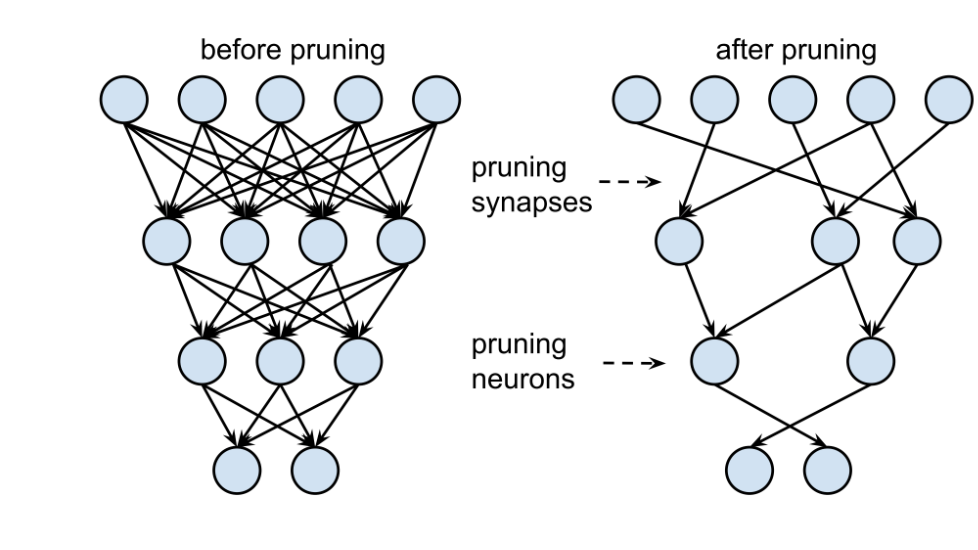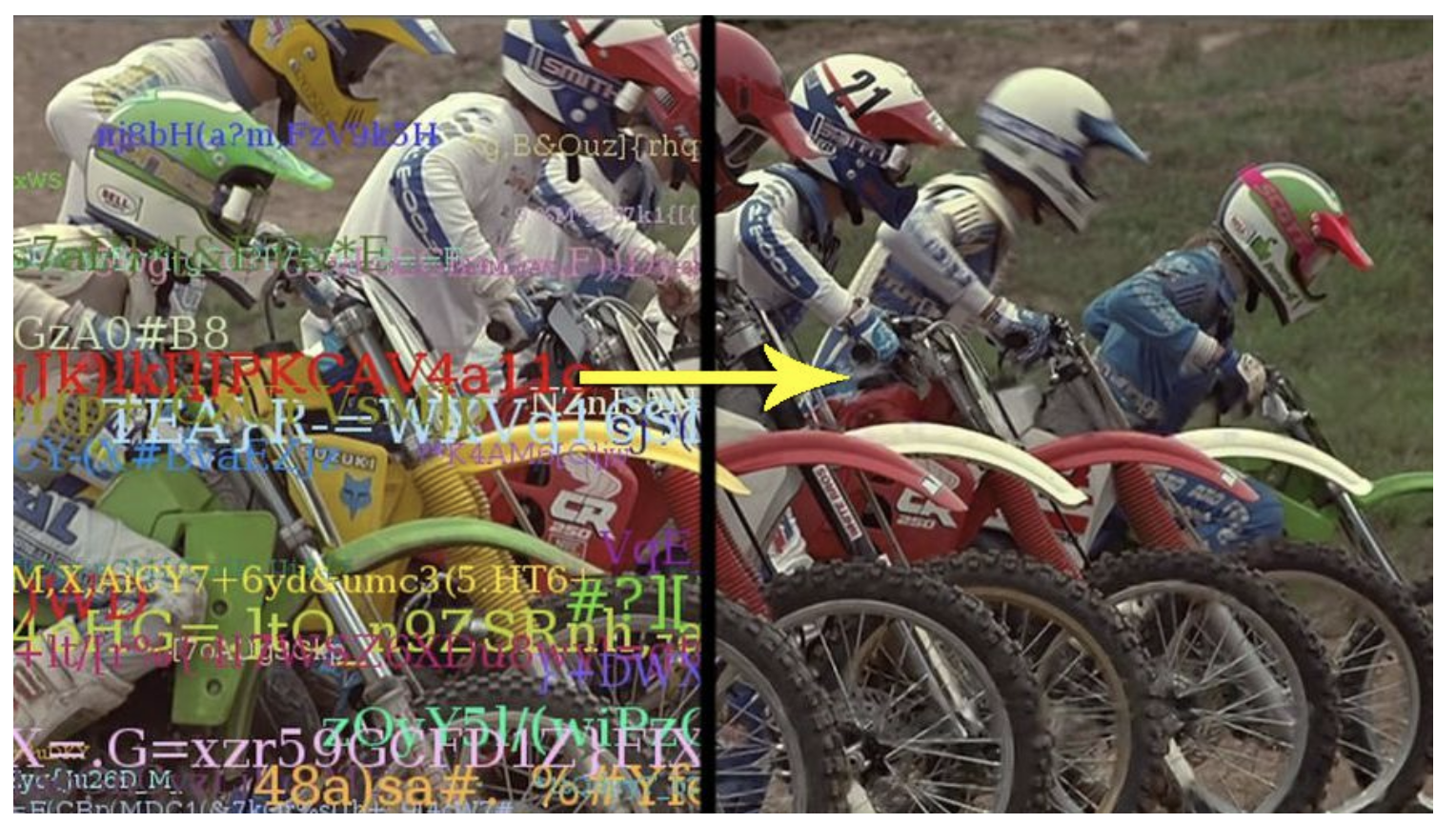Task: Building understanding of time series forecasting problems, challenges, and various techniques through hands-on Python notebooks
Libraries: GluonTS, neuralforecast, Chronos, PyTorch, NumPy, Matplotlib
Series Overview: This comprehensive tutorial series covers time series forecasting from classical methods to advanced LLM-based approaches through 7 modules:
- Module 1-2 - Covers the basics of time series forecasting, including introduction to GluonTS
- Module 3 - Focuses on data and problem formulation for time series modeling
- Module 4-5 - Explores classical and neural network-based forecasting approaches
- Module 6 - Covers transformer-based architectures for time series
- Module 7 - Introduces LLM-based approaches for time series forecasting





